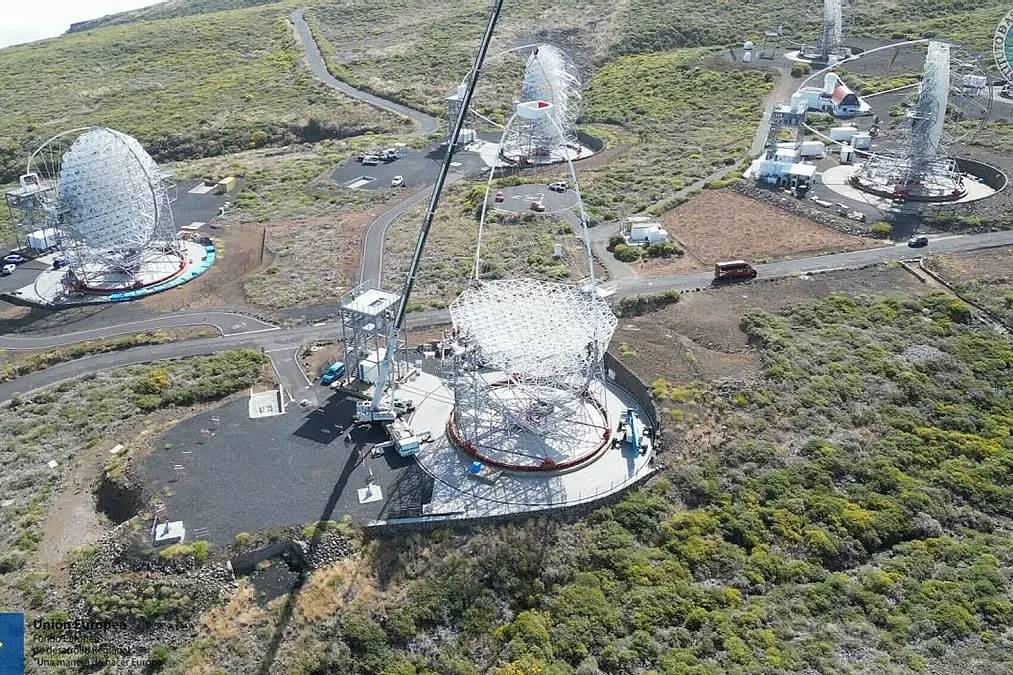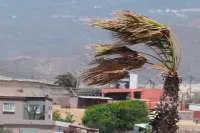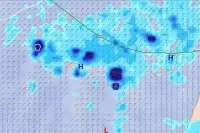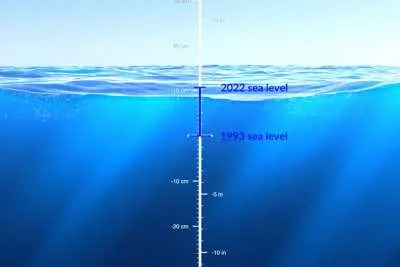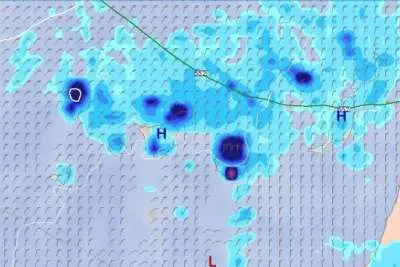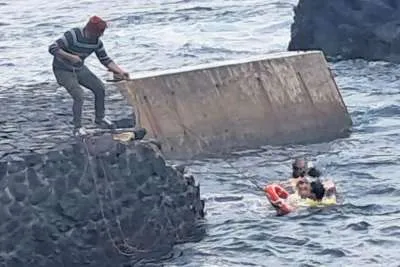Four giant Cherenkov telescopes in La Palma reach key point in construction
- 14-07-2025
- National
- Canarian Weekly
- Photo Credit: IAC
The construction of the Cherenkov Telescope Array (CTA) at the Roque de Los Muchachos Observatory in La Palma has reached a crucial milestone, with the successful installation of the camera support structure (CSS) on the LST-2 telescope.
This marks the completion of this phase for all four Large-Sized Telescopes (LSTs) at the site, the Institute of Astrophysics of the Canary Islands (IAC) has announced.
The LST-2 forms part of the ambitious CTAO (Cherenkov Telescope Array Observatory) project, which will become the largest network of telescopes in the world dedicated to detecting very high-energy gamma rays. These four large telescopes, located on the heights of Villa de Garafía in La Palma, are a cornerstone of the northern site of this pioneering international scientific facility.
The newly installed CSS is a striking carbon-fibre parabolic arch that supports the telescope’s camera on the primary mirror plate. The choice of carbon fibre is deliberate, providing the necessary stability and lightness for such a large structure while also minimising the shadow cast on the telescope camera. With this installation, the quartet of LSTs has now taken on its impressive final silhouette.
A truly international effort
This phase of construction has seen close collaboration with French institutions and companies. The CSS was designed by LAPP (Laboratoire d’Annecy de Physique des Particules), while its components, such as tubes and frames, were manufactured by Lorima, a French firm renowned for building masts for competitive sailing.
The installation itself was a highly technical operation carried out approximately 50 metres above ground. The structure had to be carefully secured and stabilised to the mirror using 26 composite tension cables supplied by Future Fibres, specialists in the nautical sector, coordinated via INFN-Padua (Italy). One of the most delicate moments involved detaching the crane from the CSS at this considerable height, a manoeuvre requiring several years of specialised climbing training by the LAPP technical team.
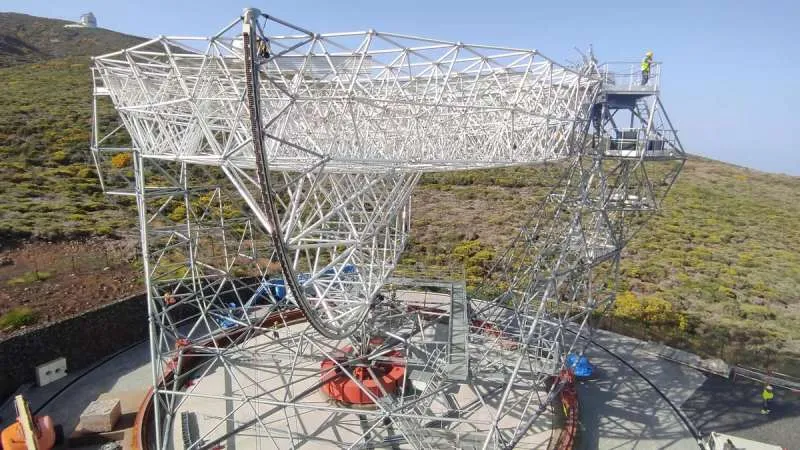
What’s next for the project?
Following the installation of the CSS, the tension cables have been fixed and pre-tensioned, although they have not yet reached their final specified tension. To complete the mechanical assembly, the telescope must still be moved to its parking position and have its azimuth brakes installed, tasks overseen by the IAC.
The next major step will be installing the scientific instruments, specifically the cameras, a job still pending for the LST-2 and LST-3 telescopes. Additionally, as part of its environmental commitments, the IAC will also be responsible for dismantling and restoring the temporary assembly platforms, with work scheduled for 2026.
Ramón García López, principal investigator of the CTAO group at the IAC, remarked: “The installation of the arch that will support the LST-2 camera marks the completion of the mechanical structure for the four LSTs at the Roque de Los Muchachos Observatory. It’s a hugely important milestone. We still need to install the cameras for LST-3 and LST-2, which will happen next year, allowing us to begin commissioning the world’s largest very high-energy gamma-ray observatory in the northern hemisphere.”
Consolidating the Canary Islands as a world leader in astrophysics
This significant advance is a decisive step towards the full implementation of the CTAO at the Roque de Los Muchachos Observatory, which is set to revolutionise our understanding of the high-energy universe and further establish the Canary Islands observatories as a global benchmark in astrophysics.
The IAC’s activities within the ‘Four Large-Sized Telescopes (LST) of CTA-North at ORM’ project are financed by Spain’s Ministry of Science, Innovation and Universities (MICIU), with 85% co-financed by the European Regional Development Fund (ERDF). The project also receives funding from the Government of the Canary Islands through its Agency for Research, Innovation and Information Society (ACIISI) and the Ministry of Universities, Science, Innovation and Culture of the Canary Islands.
Whether you’re a resident or a visitor, these remarkable developments on La Palma continue to position the Canary Islands at the forefront of international astrophysics, offering a unique window into the cosmos from right here in our archipelago.


